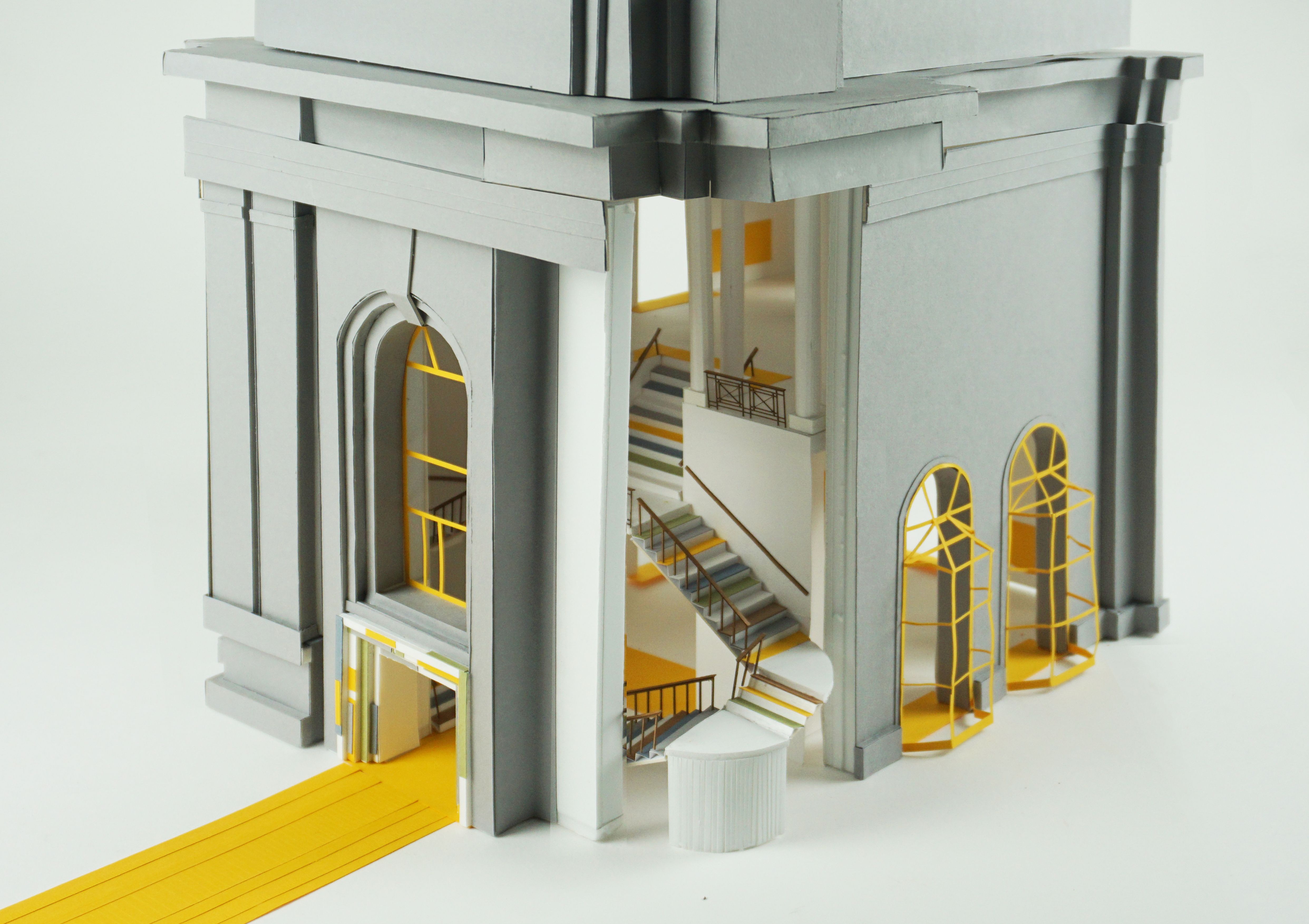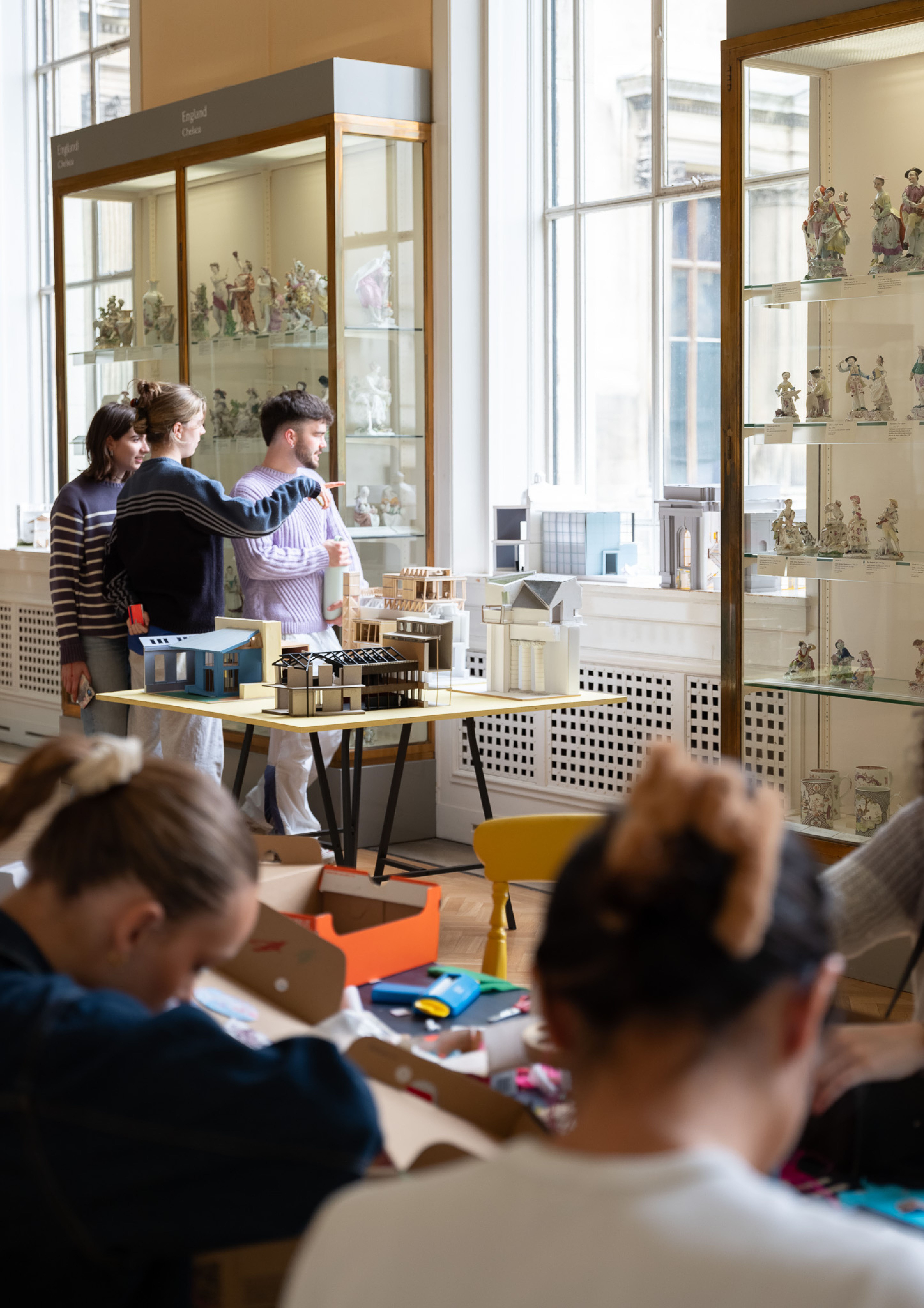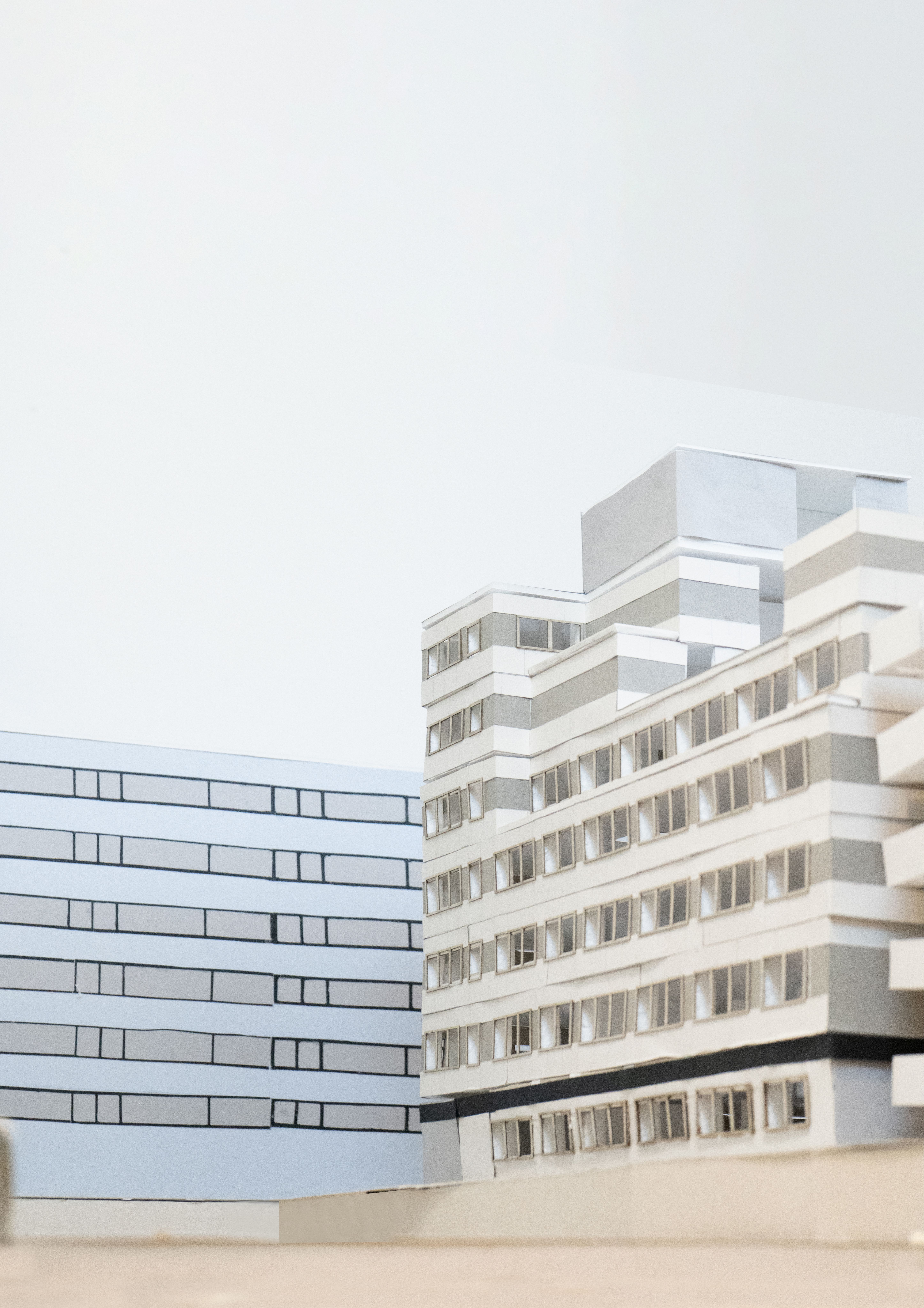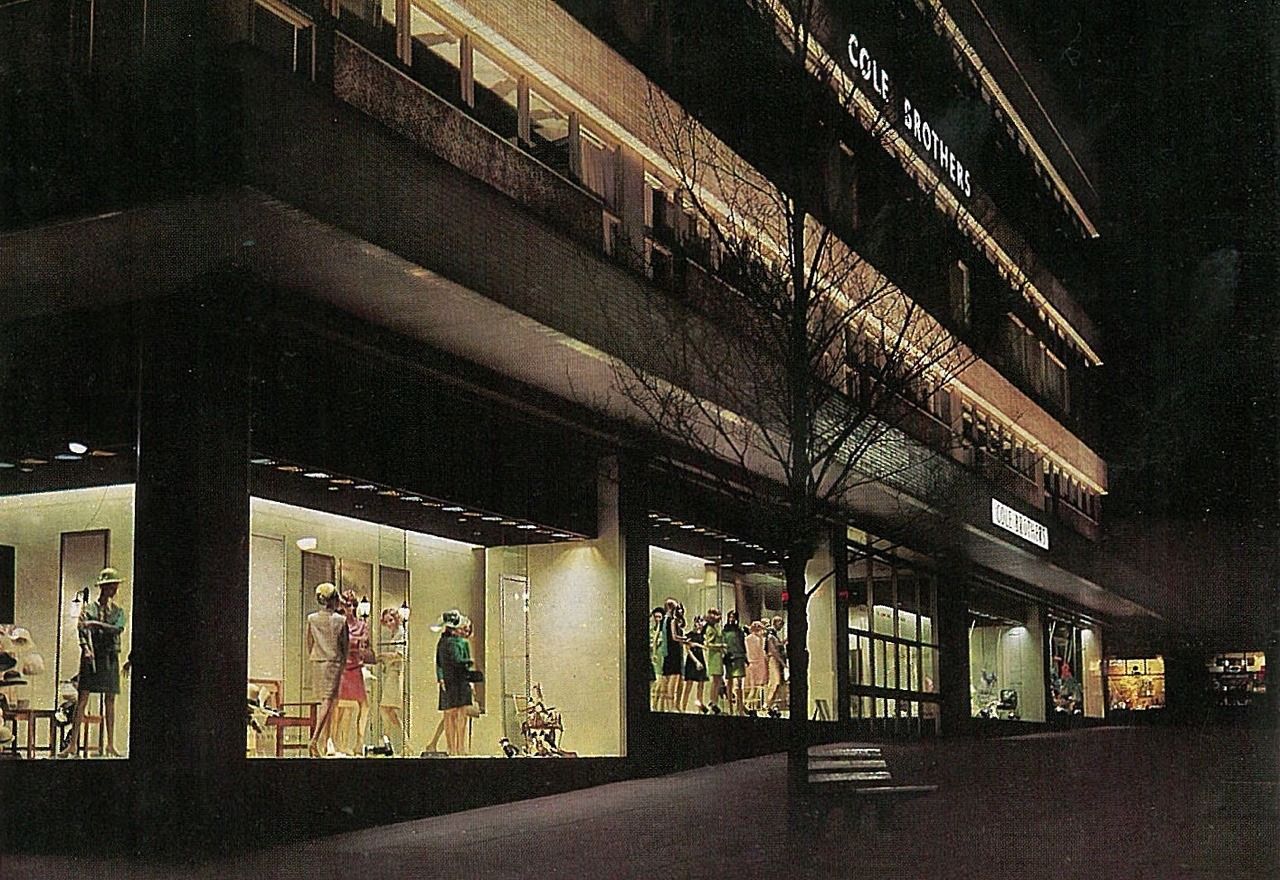University of Cambridge, 2023 - 2024
The Fitzwilliam Museum is currently looking to extend its buildings: the Museum has grown with a series of extensions since it was founded in 1816, but now requires new programmes on its restricted site. Our research considers how reorganising and extending the Fitzwilliam Museum can be an opportunity to address the legacies of the colonial past embedded in its architecture and collections, while retaining the neoclassical building. Alteration and extension are physical acts but they are also existential: how does a museum evolve?












